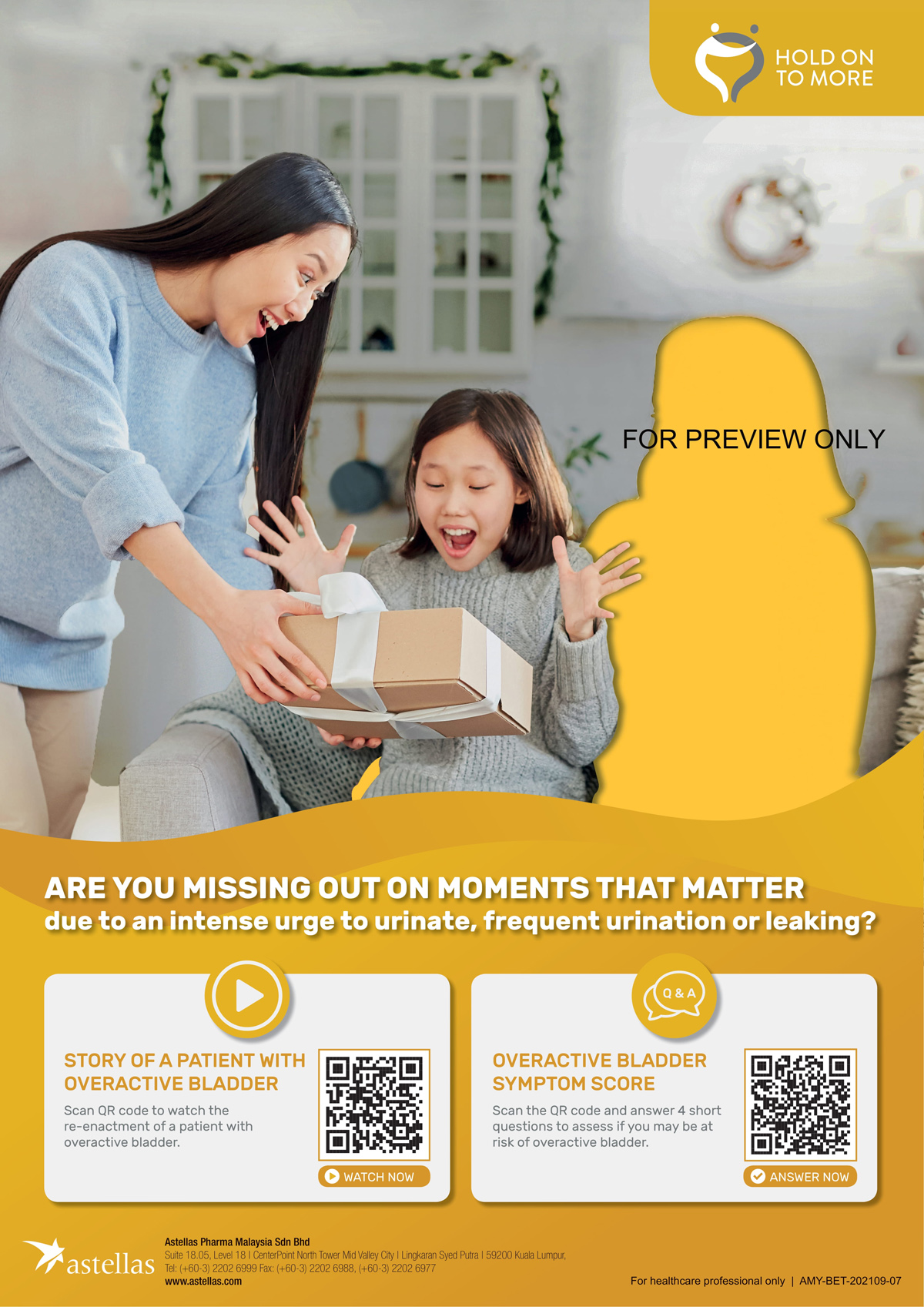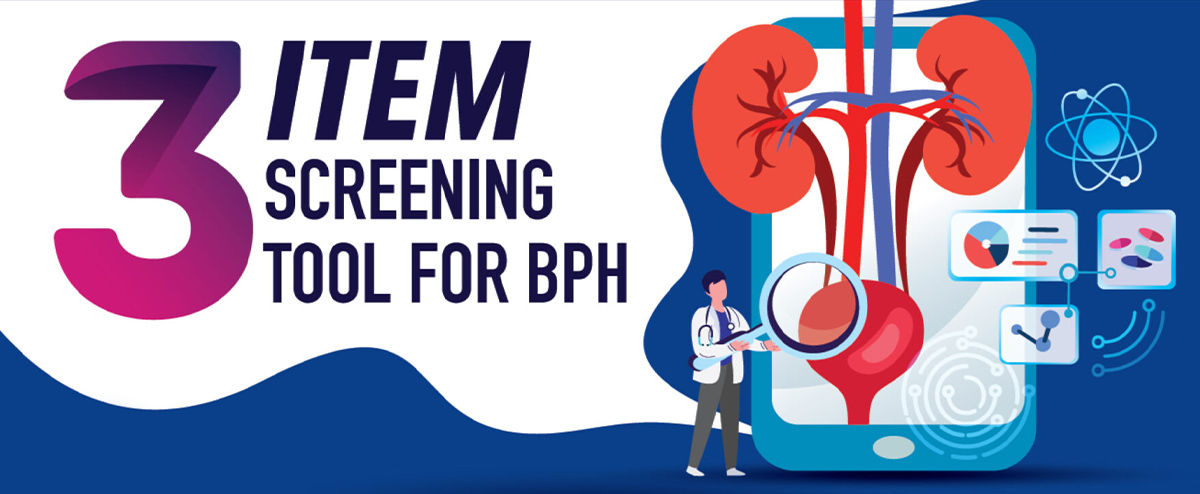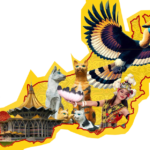Overactive Bladder
What is Overactive Bladder?
OAB is defined based on symptoms of urgency, with or without urge incontinence, usually with frequency and nocturia, in the absence of pathological or metabolic conditions that might explain these symptoms
What are the signs and symptoms that I have an overactive bladder?
The 4 key symptoms associated with OAB are:
- Urgency: Where there is an urgent need to urinate despite not having a full bladder
- Frequency: When individuals need to urinate frequently during the day
- Nocturia: When Individuals wake up more than once each night to urinate
- Urinary incontinence: When there is involuntary leakage of urine. This means a person urinates when they do not want to.
Is this condition common amongst others?
OAB affects the quality of life of approximately 17% of adults nationwide, The prevalence increases with age in both sexes.
How to diagnose OAB:
- A presumptive diagnosis of OAB can be based on:
- patient history, symptom assessment
- physical examination
- urinalysis
- initiation of noninvasive treatment may not require an extensive further workup
Are there ways for me to manage my overactive bladder?
Treatment options available in a stepwise manner:
1st – Behavioral therapy.
Avoid substances that may cause the bladder irritable and pass more urine. eg. Tea and coffee. Bladder training aims to help patients regain control of their bladder by teaching them to resist the urge to pass urine. Helps to increase bladder capacity and reduce the number of episodes of incontinence
2nd – Medication
Help to reduce bladder contraction and increase bladder capacity.
3rd – Minimal Invasive Procedure.
1. Intravesicle Botox Injection.
Endoscopically injecting the medicine directly into the bladder muscle.
2. Neuromodulation.(Posterior Tibial Nerve Stimulation, Sacral Nerve Stimulation)
The aim is to stimulation of bladder’s nerve supply to suppress reflexes responsible for involuntary
bladder muscle contraction.
4th – Surgery
In some patients, surgery is only considered when all of the available measures have failed.




